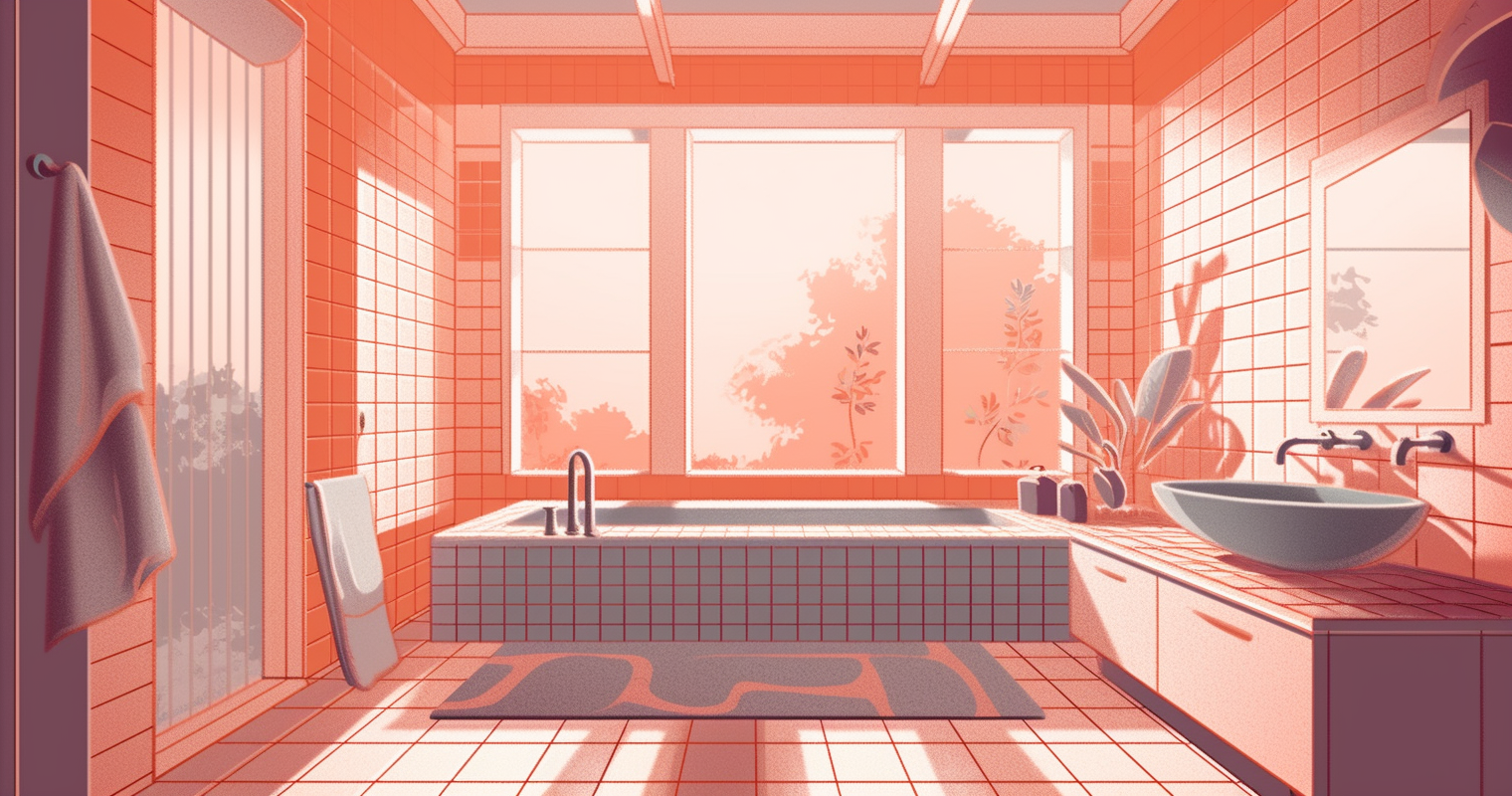Posts
Skip sponsor segments in YouTube videos on Smart TVs
I hate ads of all kinds, so I searched for a way to skip sponsor segments in YouTube videos on Smart TVs.
Let ChatGPT welcome you home
Using ChatGPT, Home Assistant and Node-RED, I'll show you how to set up an automation that welcomes you home a little different each day.
Automating the bathroom window
Our bathroom gets humid really fast after taking a shower and stays that way for some time. I installed an automatic window opener to solve this problem.
Featured projects
I recently built Terraforming Mars Plus, a webapp to track scores for the board game Terraforming Mars. Now, I'm taking this idea further and developing a generic board game tracking webapp.
On GitHub, you can find my own open source projects, like these:
- pygti: A python library to access public transportation data like travel times from the hvv in Hamburg
- stadtreinigung_hamburg: Another python library to access waste collection dates from the cleansing department in Hamburg.
Those two are actually the building blocks for an official integration and a custom component for Home Assistant.
While you are here
I added a new category to the page: Notes.
Notes will contain code snippets, small ideas and in general everything that is too short for a blog post but something I want to share with a wider audience.


